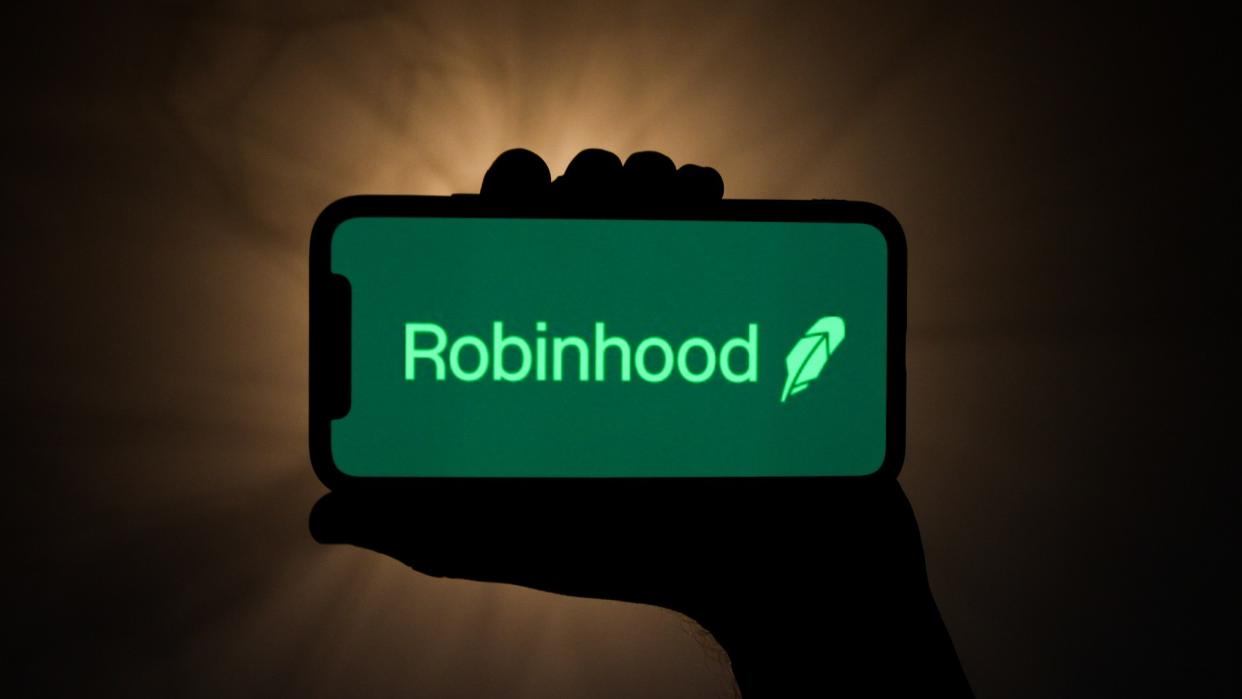Robinhood Debuts Much Anticipated IPO — But Experts Warn To Take Caution

Robinhood is starting its NASDAQ listing today under the ticker HOOD, in one of the most anticipated and unusual IPOs of the year.
Explore: Robinhood, Dole and Four Other Companies With Summer IPOs
Learn: Robinhood Shelled Out $30 Million to Hire This Ex-Lawmaker – Inside Crypto’s Regulatory ‘Revolving Door’
The company, whose mission is to “democratize finance for all,” said in a statement last night that it had priced its share at $38, the lowest point of the $38 to $42 target price it was targeting earlier in the week, and raised $1.89 billion, according to the statement. This places Robinhood at a $32 billion valuation, lower than some investors expected, according to The Wall Street Journal.
“Welcome to the new Wall Street. Today’s is a big day. Huge,” the company tweeted this morning.
Welcome to the new Wall Street. pic.twitter.com/1hzLXtMQC4
— Robinhood (@RobinhoodApp) July 29, 2021
The company, which has been having tremendous traction during the pandemic thanks to the rise of retail investors — who became more savvy and self-educated during the pandemic — is also facing a slew of regulatory and legal challenges. Just two days before the IPO, Robinhood said in the SEC filing that it had received a Financial Industry Regulatory Authority (FINRA) investigative request seeking documents and information related to its compliance with FINRA registration requirements for member personnel, including related to the FINRA non-registration status of CEO Vlad Tenev and cofounder Baiju Bhatt.
“Robinhood is evaluating this matter and intends to cooperate with the investigation,” the company said in the filing.
Related: 4 Investing Lessons the Pandemic Has Taught Us
And last month, FINRA fined Robinhood $57 million and ordered the firm to pay approximately $12.6 million in restitution, plus interest, to thousands of harmed customers — representing the largest financial penalty ever ordered by FINRA and reflecting the scope and seriousness of the violations, the regulator said in a statement.
However, following Coinbase’s blockbuster much anticipated IPO back in April — whose stock appeals to investors who want to get involved in crypto without holding the assets and its wild swings — Robinhood is hoping to follow suit. The company had updated its Securities and Exchange Commission prospectus Monday, noting it was planning to sell shares at $38 to $42 each, according to the filing.
More: Coinbase Review 2021: How It Compares and Is Coinbase Safe?
Peter Cohan, a lecturer at Babson College and author of “Goliath Strikes Back,” tells GOBankingRates that “Robinhood is trying to sell out at the top and I would avoid its IPO. Its revenue growth has been spectacular, but it’s slowing down; it paid a huge FINRA fine for what it called “misleading investors”; its business model is to take from the poor and give to the rich — its biggest customer is hedge fund Citadel Securities which profits from the spread on executing Robinhood users’ trade orders; and while its accountholders put their play money there, I doubt investors will trust Robinhood with other parts of their financial lives. No way this company is worth $35 billion!”
What makes this IPO more unusual, is that Robinhood said it would set aside 20% to 35% of its shares to retail investors via the platform it had introduced in May, IPO Access. The new platform will enable retail investors the opportunity to buy shares of companies at their IPO price, before trading on public exchanges and participate in upcoming IPOs with no account minimums.
Sheraz Iftikhar, President and CEO of Arch Global Advisors, tells GOBankingRates that Robinhood has been a staple fintech for retail investors over the last few years.
“Robinhood’s popularity grew during the pandemic as people working remote had ample time to manage their own investments. Robinhood users grew from half a million users in 2014 to 13 million users in 2020.”
Discover: How COVID-19 Turned Day Trading into ‘Gen Investor’s’ Fun – and Lucrative – Hobby
Iftikhar, however, added that Robinhood is facing headwinds for how it generates profit.
“Majority of its revenue is generated through “Payment for Order Flow.” Robinhood directs trades to market makers which in-return will pay the firm for the business. Market makers generate their profit through the spread between buying the stock and selling it to Robinhood’s customers. This can potentially prevent the client from getting best execution on the trades and creates a direct conflict of interest with Robinhood and its market makers. Regulators are looking into the practice and any change in regulations can have an impact on how Robinhood conducts business and generates profit,” he warned.
According to its SEC filing, Robinhood has grown its funded accounts by 151% year-over-year to 18 million — from 7.2 million. While the platform currently supports a portfolio of seven cryptocurrencies for trading, for the three months ended March 31, 2021, 34% of its cryptocurrency transaction-based revenue was attributable to transactions in Dogecoin. This is in comparison to 4% for the three months ended December 31, 2020, according to the prospectus.
See: 25 Pandemic-Proof Stocks
Find: Google Stock: Is It a Buy, Hold or Sell Right Now?
For the same period, 17% of the company’s total revenue was derived from transaction-based revenues earned from cryptocurrency transactions. In addition, for the three months ended March 31, 2021, as compared to the three months ended March 31, 2020, total revenue grew 309% to $522 million, up from $128 million.
More From GOBankingRates
Last updated: July 29, 2021
This article originally appeared on GOBankingRates.com: Robinhood Debuts Much Anticipated IPO — But Experts Warn To Take Caution
